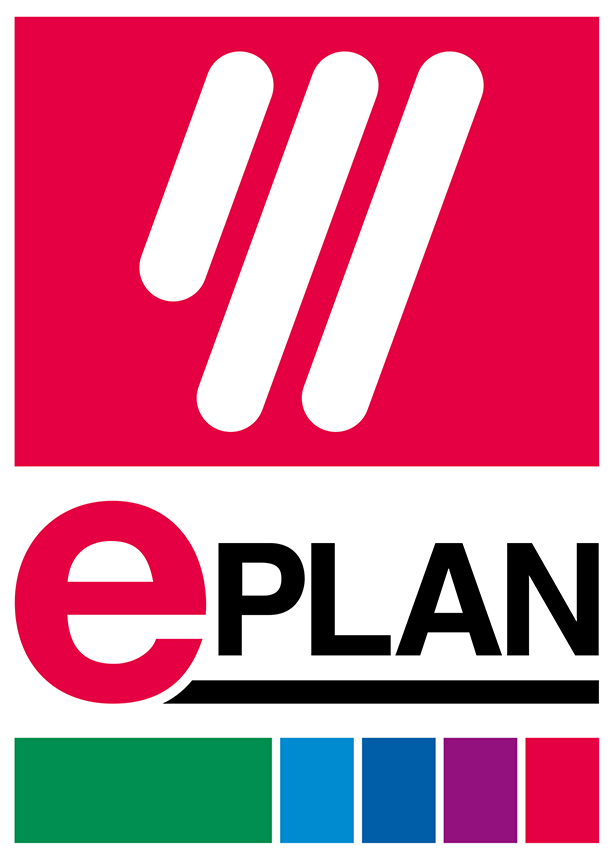
What does it take to achieve the most efficient workflow in machine design? Proponents of efficient engineering say that it is all about the design methods you choose.
What is a design method? It is the selection and implementation of the most efficient construction methods for your tasks.
Whatever industry you’re in, be it automotive, food & beverage, machine tool building, oil and gas, panel building, power engineering, rail traffic technology, steel and metal production or water treatment, every industry deserves the best solution.
But, before you ask yourself what are the best design methods for your business, you need to determine what your goals are. Do you believe that higher output can only be achieved through more work? Or, do you believe that there is a solution to enable you to “work smarter, not harder?”
Do you want to rely on each of your employees to be the storehouse for all your engineering know-how? Or, do you see that this knowledge must be distributed throughout your enterprise?
Do you want to follow current innovation trends? Or, do you believe that you should be ahead of the curve?
In other words, what are your engineering goals and approaches today? Are your goals shorter time to market, at a lower cost with highest quality possible? Or do you need to add efficiency in your workflow to meet these demands?
Innovation through Computer-Aided Engineering (CAE) has made it possible to achieve this vision. We’re going to look at one aspect of design methodology that takes the know-how that is housed within your database and uses it to put your business at the forefront of engineering design and production. The method is modularization.
Modularization is the process of standardizing components and modules that can be reused in future projects, thereby saving time and money and expediting the manufacturing process.
This goes way beyond the traditional copy and paste method of taking page sections and dropping them into new projects. While this is a familiar and standard procedure, it is also inefficient. Searching for those pages can be tedious and errors from one project are passed on to the next.
Using high functioning CAE software allows you to vastly improve on this method. With this optimized engineering process, you can build a library of standardized components and modules that can be reused. These components and modules that can be verified, stamped and approved by various engineering departments.
Within this library, components and modules can be created with options that allow for variations in design based on need. For example, a motor protection circuit module can be created which will allow the user to automatically place the correct components based on the horsepower of their motor.
Of course, additional design variants or configurations can continually be added, leading to more and more design efficiency as your library matures.
Advanced CAE software can also streamline this modularization by allowing the addition of configuration rules, and the use of automated generation tools to automatically generate baseline projects. This software can also automate many other tasks as well – building an Excel bill of materials, populating an ERP system, generating a 3D mechatronic design, and even generating the PLC programming.
With this type of modularization in place, not only can future projects be handled more efficiently and effectively, but having these modules within a library can inspire and inform new design methods and allow you to respond to the evolving needs of your customers more efficiently as well.





